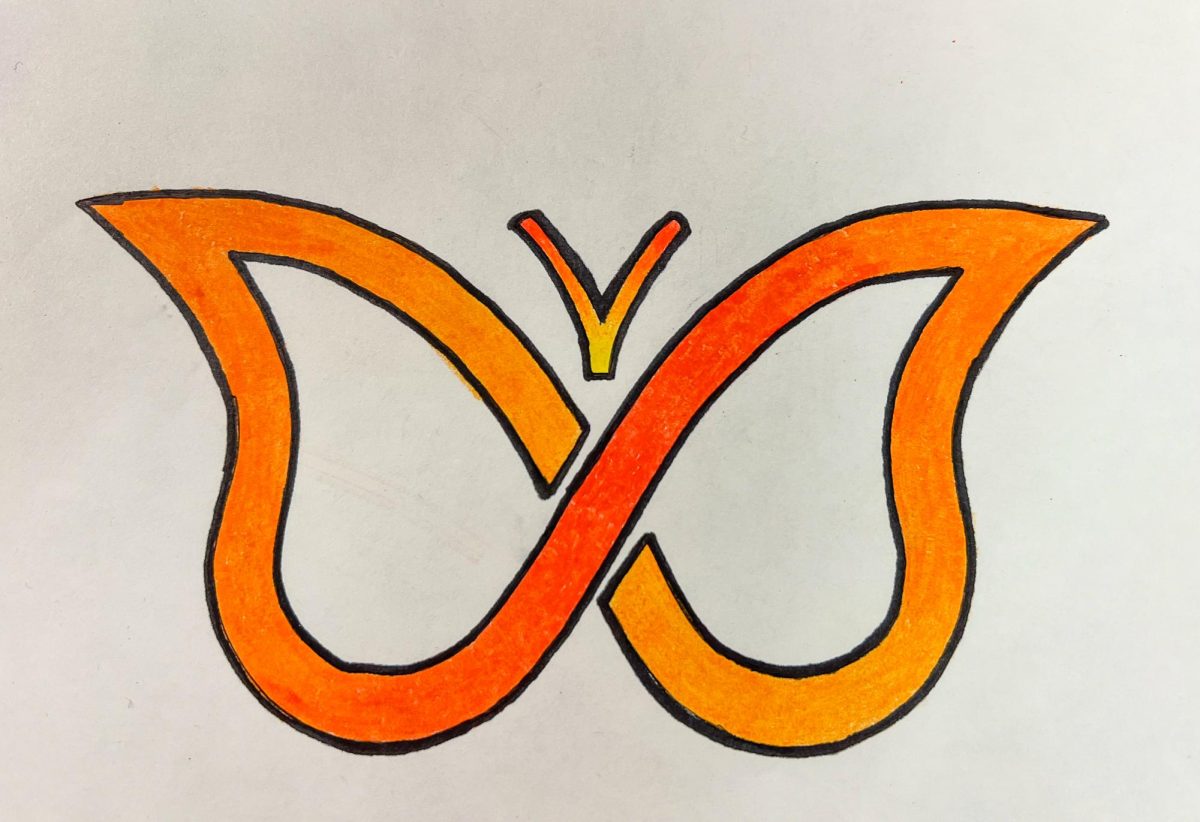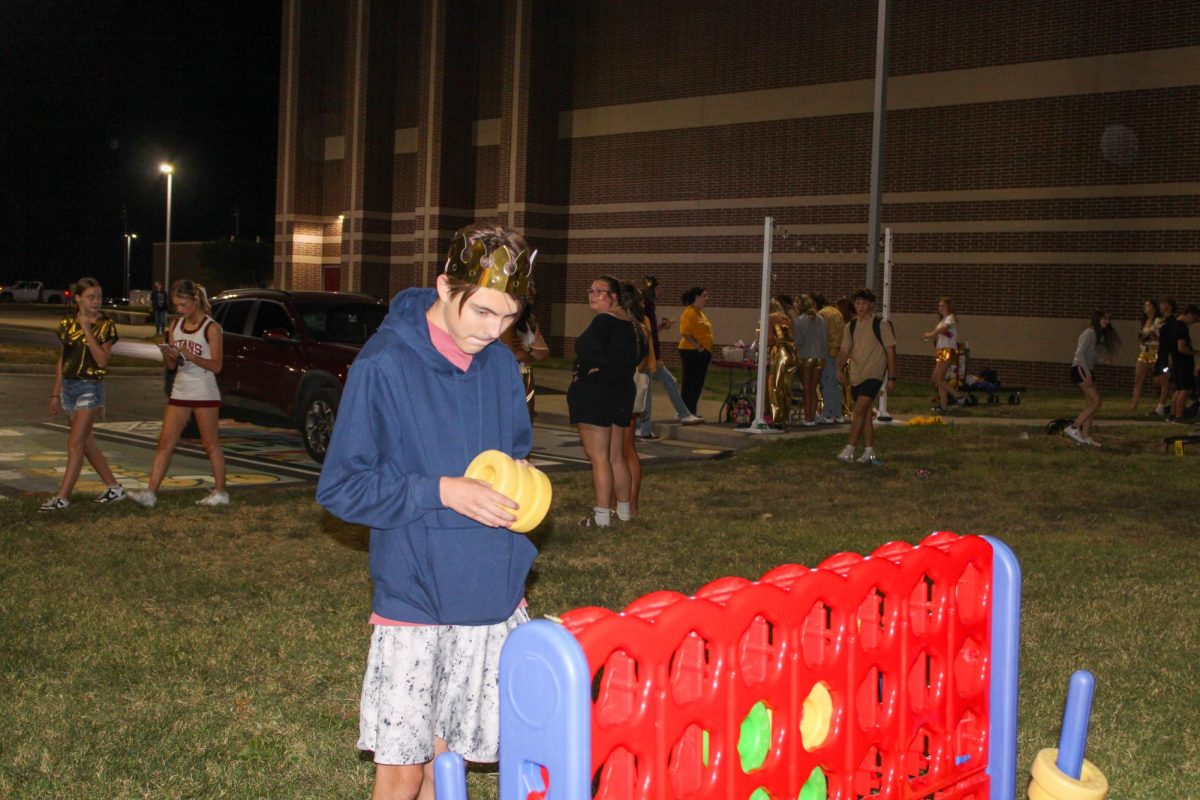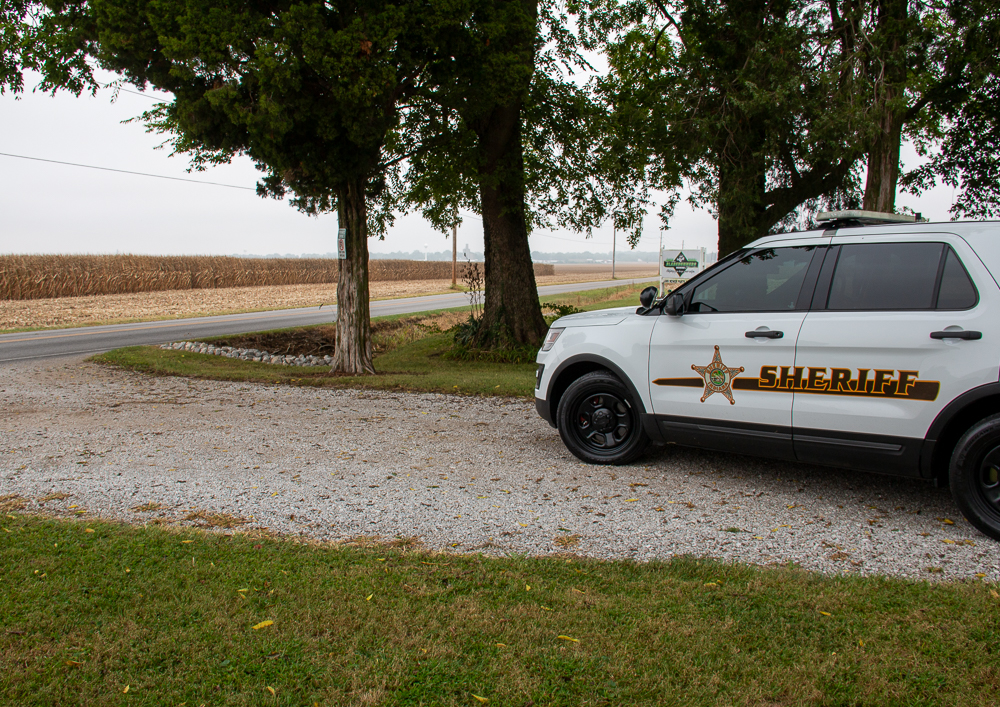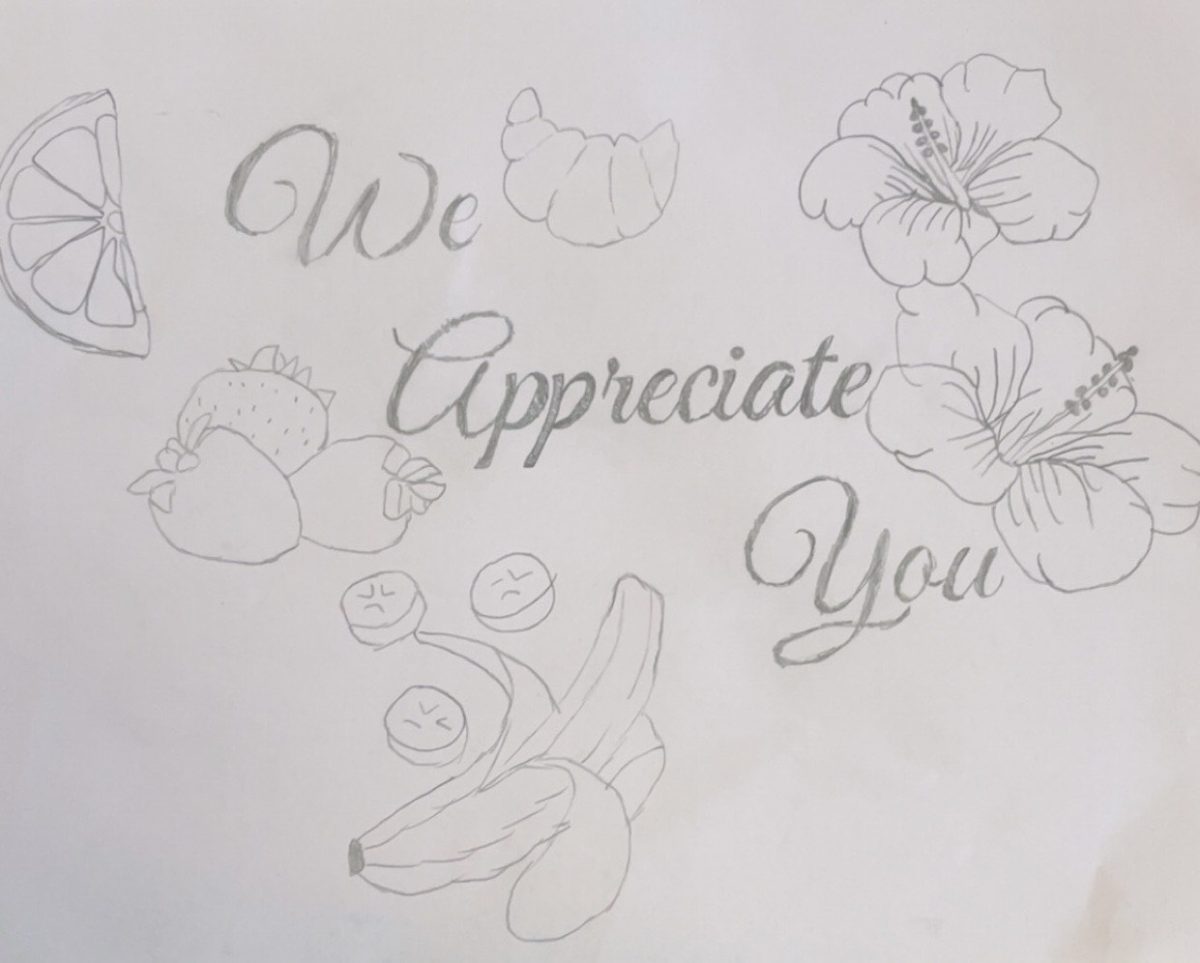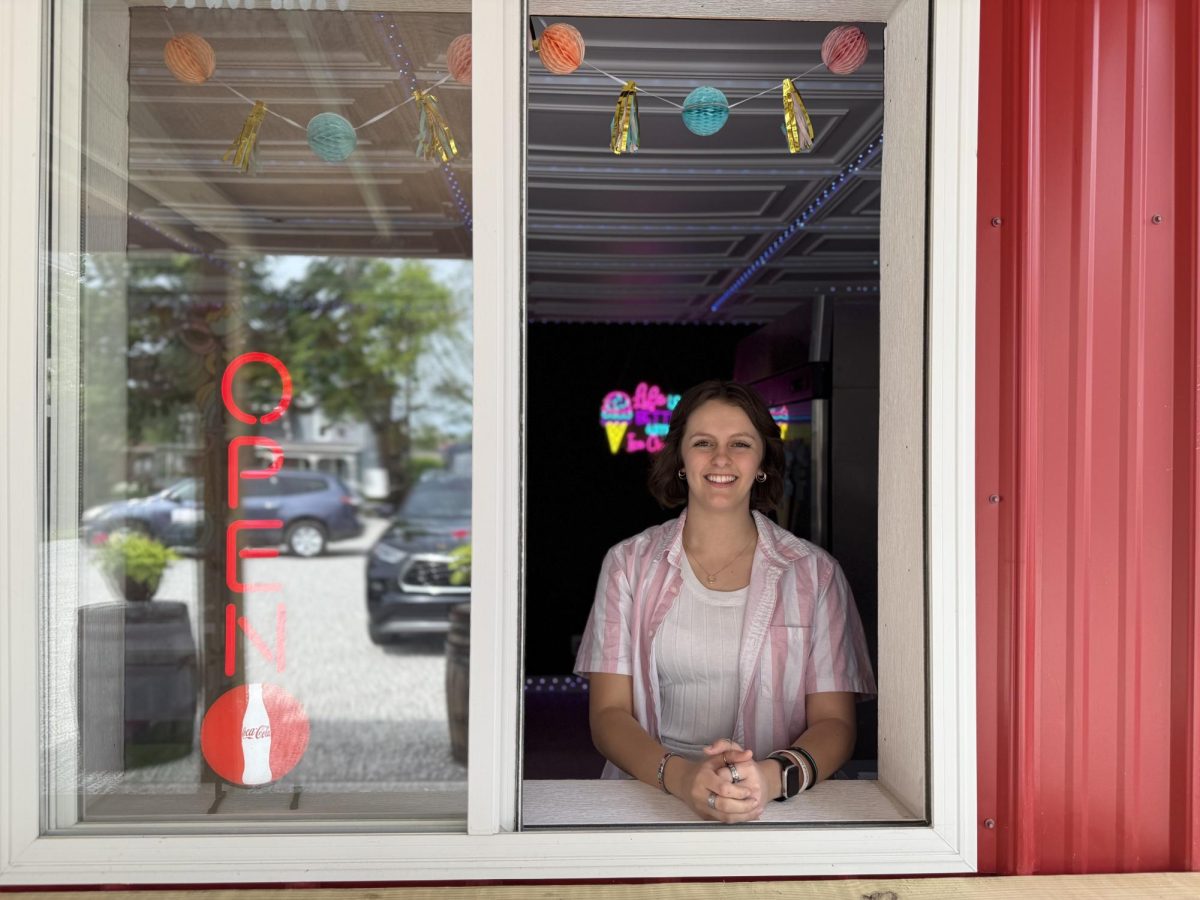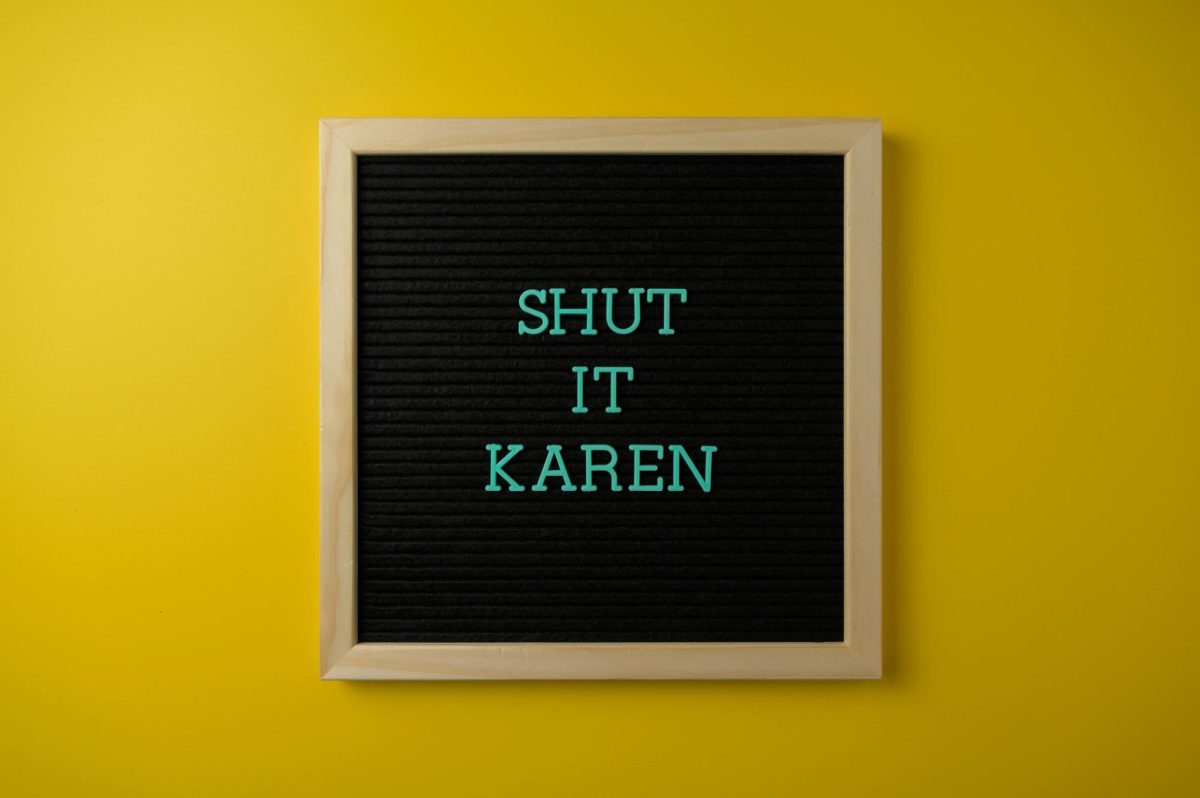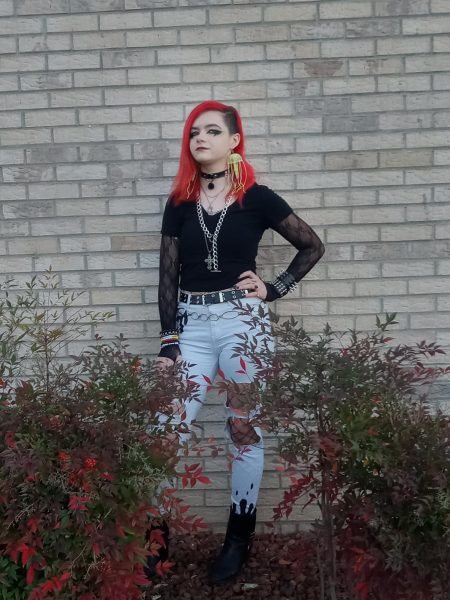Nearly everyone has had a time where they left something somewhere and forgotten it, been restless sitting at a desk or really struggled not doing something immediately when they think about it. People who have attention-deficit/hyperactivity disorder deal with inattention, hyperactivity and impulsiveness every day of their lives. To bring light to this disorder, the month of October is ADHD awareness month.
According to the U.S. Centers for Disease Control and Prevention, around six out of 10 children have ADHD, varying in severity. That means that in a class of 20 kids, at least 12 of the students may have ADHD.
“A lot of people think ADHD is the same in everyone but it’s not,” junior Ryann Allen said. “Most of my friends have ADHD, and it can be completely different. We may have some shared symptoms, but we are entirely different people, so it presents itself differently.”
ADHD inattentiveness can cause students to start tasks but not finish them, have difficulty in paying attention to school work, lose things, be forgetful and get distracted by stray thoughts.
“It’s the smallest things that I can’t remember,” Pritchett said. “Like, if it’s something from third grade, I can remember, but it’s the day-to-day things I forget.”
According to Allen, her memory gets even worse when she is trying to remember a task she doesn’t want to do. Others feel they forget everything.
“I can never remember anything, like ever,” sophomore Lilly Smith said.
Hyperactivity symptoms in ADHD manifest in a variety of ways: fidgeting, restlessness, excessive talking and difficulty waiting. And, it impacts how people react to different situations.
“Sometimes it (the disorder) can get in the way,” Smith said. “When it is supposed to be a serious situation, it always ends up going funny.”
According to Smith, the hyperactive side of ADHD has helped her out with things when she needs to be energetic and enthusiastic such as when she is in theater.
The U.S. Centers for Disease Control and Prevention says the number of kids diagnosed with ADHD who also receive some form of medication varies by state, ranging from 38% to 81% and 39% to 62% receive behavioral therapy. The different types of medication can help people in different ways.
“I’m on Adderall, but it’s on backorder, so I am on a different medication called Vyvanse,” Pritchett said.
Some people opt to not take medication and deal with their ADHD in their own ways.
“I did [take medication] but I’ve worked with it over time, and I’m to the point where I don’t have to take it,” Smith said.
ADHD can affect boys and girls in different ways. Most girls have more problems with staying on task, whereas boys are more restless and hyper.
“My attention span is not there,” Pritchett said.
According to Allen, procrastination is something she has to keep in check and make sure she is doing the things she is supposed to do.
According to the National Institute of Mental Health, to be diagnosed with ADHD, one’s symptoms must have occurred for at least six months, occur in at least two settings and get in the way of your day-to-day activities.
To learn more about ADHD visit the National Institute of Mental Health ADHD.

